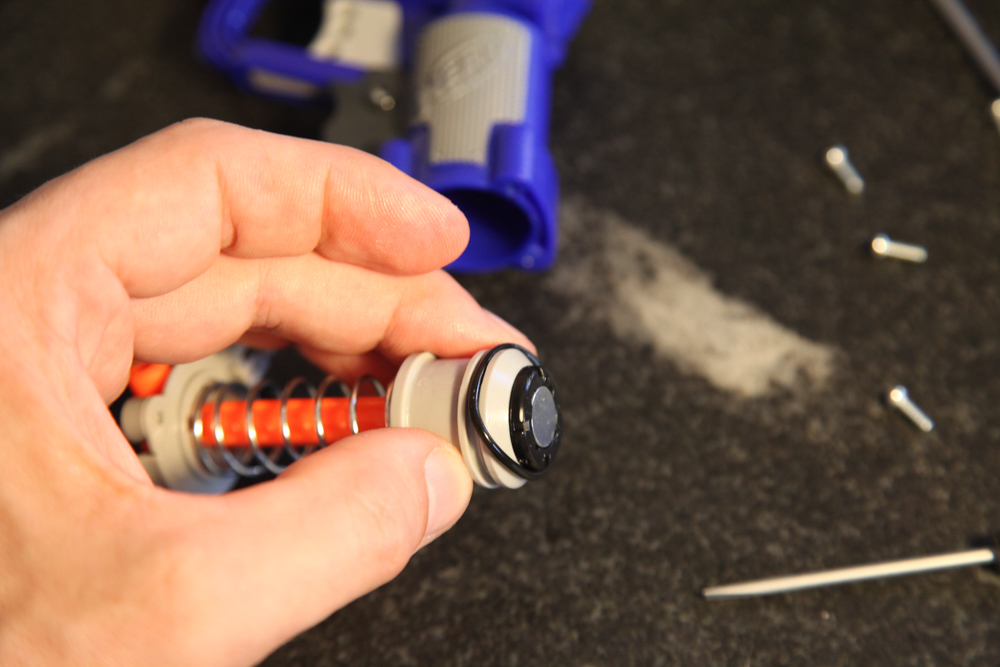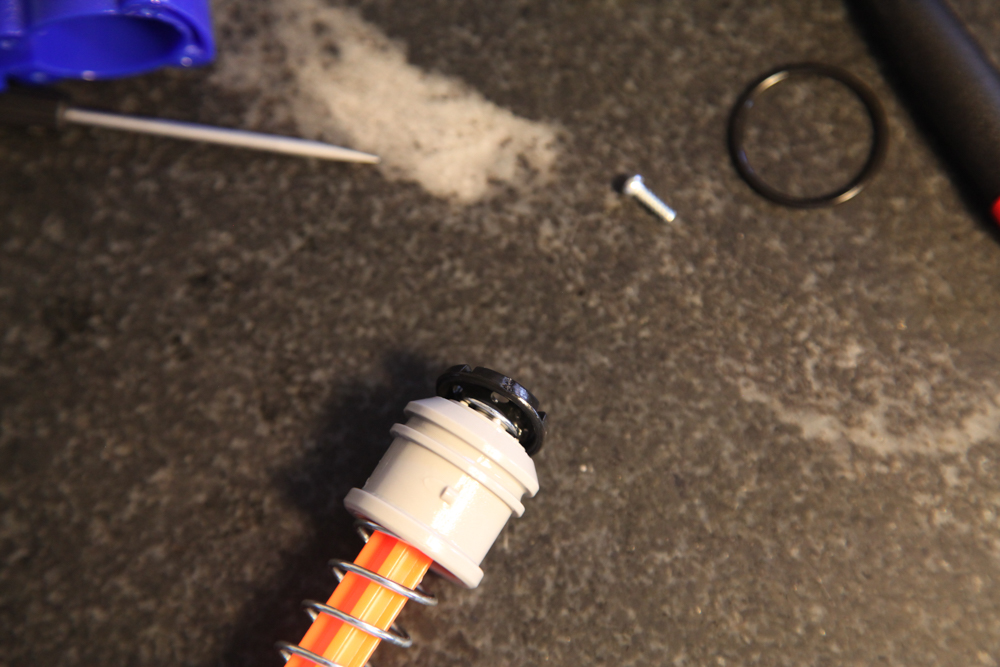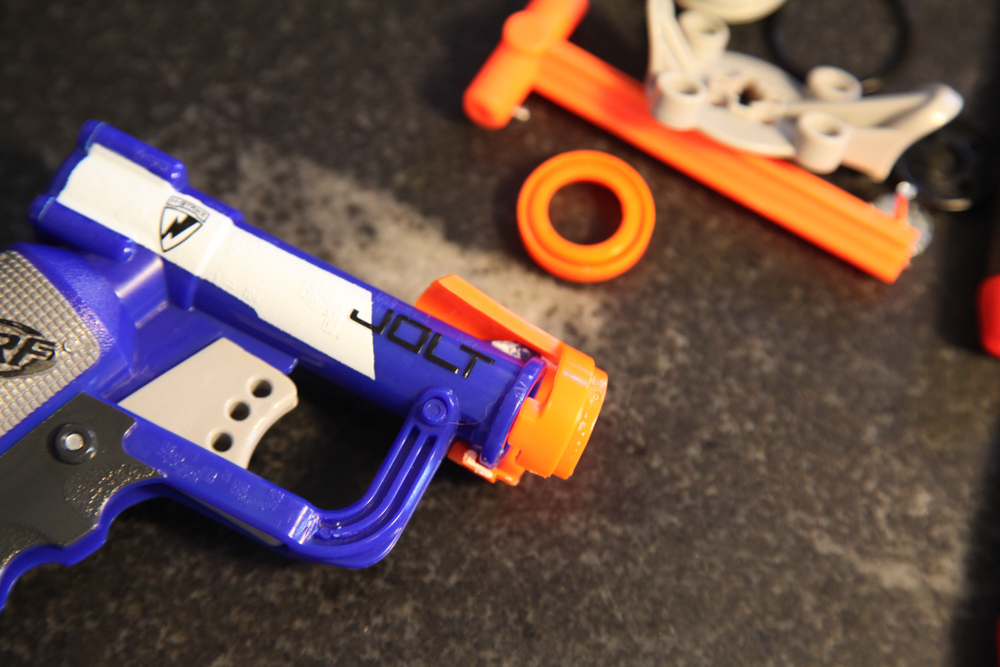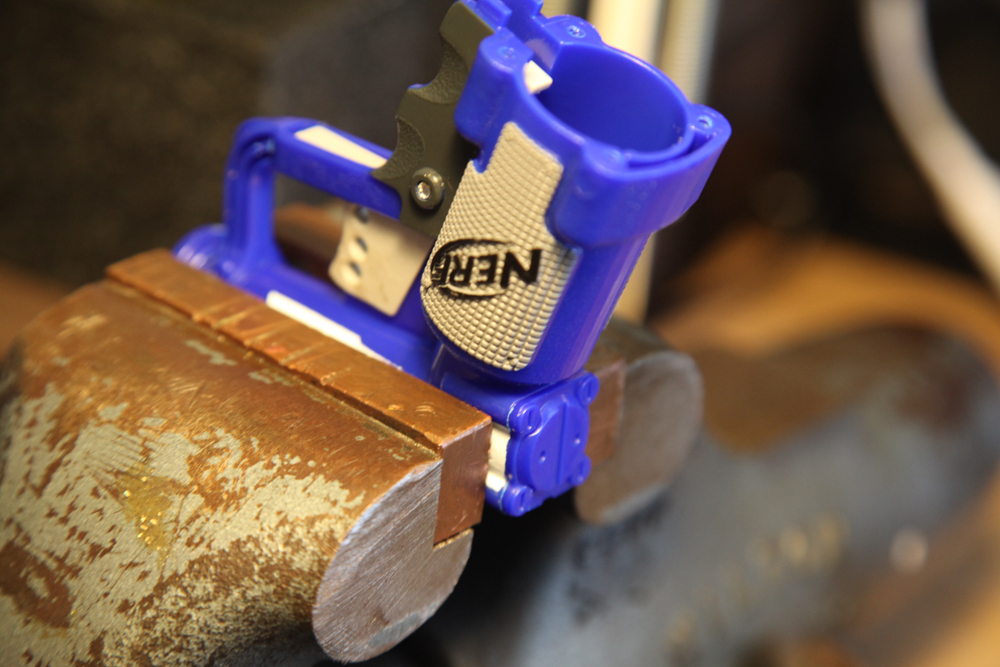Recently The Prepared, my weekly manufacturing newsletter, crossed 1000 subscribers. As a result of this (and because it's been on my mind for a few months), I wanted to post an update to the role that The Prepared plays in my life, and how I see it working in the future.
I'm going to cover three areas in this post. The first is about the actual execution of The Prepared - the time spent curating and creating the newsletter every week. The second is more operational, and covers the underlying infrastructure (and cost) required to make The Prepared happen. The third is on the impact that The Prepared has had on my own life and career - and, to the extent that I'm aware, the impact that it's had on my readers.
How The Prepared is made
The Prepared was spawned as a result of my own reading habits; its original purpose was to track and share the things that I felt might be important for me to know in the future. I read something like 50 articles per week. I don't have current stats, but in previous years that's worked out to between 4 and 5 million words per year, which at a speed of 273 words per minute (roughly my rate) averages to 5.5 hours of reading per week. Most of that happens on the subway, which I ride for roughly 5 hours per week (two half-hour commutes per day), and the rest happens in waiting rooms or while I'm on a plane taxiing around the airport (I can often blast through a backlog of reading while traveling).
But reading is only part of it: Even after spending five or six hours a week reading and filtering down to a few dozen shareable links, I still need to actually compose the newsletter. This usually happens on weekends, and takes at least an hour or two. All in, I'd say that the average newsletter represents roughly seven hours of work - a commitment of over 250 hours per year.
I enjoy doing it, and a lot of the reading I'd do anyway. But it puts some pressure on my life - and I've spent a bit of time thinking about how that can be reduced. To start, I've asked Eric Weinhoffer - a subscriber to The Prepared - to curate the newsletter on a few occasions. I've been thinking of expanding my guest curation program, though I've been conservative about doing so. If you're interested in being a guest curator, let me know - I'll put you on my list.
Overhead & Infrastructure
The Prepared's stack goes Pocket -> IFTTT -> Gmail -> Mailchimp. For a long time, this whole process was free, but recently I've upgraded both my Pocket and Mailchimp accounts; the total annual cost of these is $344.99.
I've also put a bit of money into paid advertising. I bought ads on Twitter, Facebook, and Reddit, spending $40, $25, and $75 respectively. I did this as an experiment, to see who would sign up and how expensive it would be to expand The Prepared's reach. Of the three, I found Reddit to be a bit more effective - I got more referral traffic per dollar than Facebook, and longer session times as well (my Twitter ads were a leadgen campaign, which allowed users to sign up directly from the Twitter app; as a result it's a bit harder to compare results there). I'm not sure whether I'll continue to use ads to expand The Prepared's reach, but I'm glad to have seeded a few new users that I might not have been able to reach organically.
On the other side of the equation, I recently began soliciting donations for The Prepared. To date, I've received $76.25 from five readers, which averages out to about $0.07625 per reader. My hope is that I can bring in an average of $5 per reader in the second half of 2016 - an amount that seems ambitious, but not unrealistic.
Speaking of which: If you read The Prepared, you should consider donating! As outlined above, it takes about 250 hours per year PLUS $344.99 in fixed costs per year. If you donate $5 per year, then that values my time composing and sending the newsletter at about $18/hr - a pretty fair wage, if you ask me.
Impact
It's a bit surprising to say, but somehow this weekly email - which I started without really wanting it to be a thing - has become one of my primary calling cards (the other big one is "the bin of broken dreams guy"). I get 3-5 emails about it every week; some are from people I knew before it started, but most are from folks who I probably would have never met otherwise. Usually one or two of these is a link submission, but many are just someone saying hi - something I never expected to happen. It feels great.
I've also developed a handful of significant relationships through The Prepared. I've met a few dozen subscribers in person, and have on many occasions turned to them for specific advice or expertise. I've also connected a few subscribers to each other, and on at least one occasion this has resulted in someone being hired for a job.
Moving forward, I want to continue making The Prepared a way for people to connect and share ideas. Despite my slow rollout, I'm excited to have more people curate, and I want to find more ways to connect The Prepared's subscribers directly too. This probably means organizing meetups or drinks more often; I've also considered setting up an online meeting place.
The Prepared has taken up *way* more of my time than I could have ever anticipated, and has bought me more in return than I could have possibly hoped for. Here's to its continued expansion, and whatever the future brings.















































